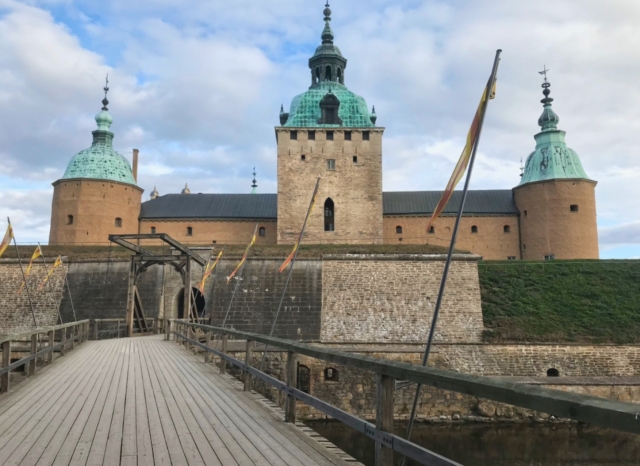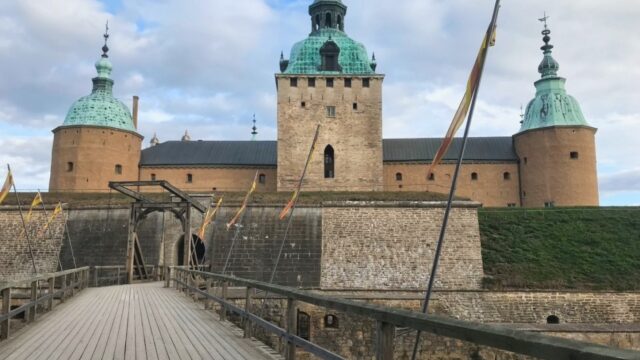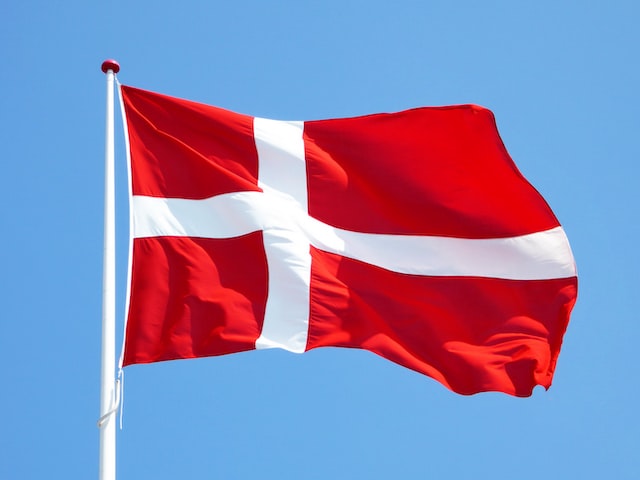Kalmar Union: Union of monarchs concluded by three Nordic countries in 1397

The Kalmar Union is a historic alliance signed in 1397 by the three Nordic countries of Denmark, Sweden, and Norway. Kalmar Union was signed at Kalmar Castle in Sweden and would unite the Nordic countries for the next several hundred years.
In this article, I would like to introduce the background and objectives that led the Nordic countries to form the Kalmar Union and how the alliance ultimately came to be.
What is Kalmar Union?
The Kalmar Union is a union of the three Nordic countries of Denmark, Norway, and Sweden, led by Queen Margaret I of Denmark. A confederation of monarchs is an alliance of several countries under the same leader to strengthen their unity. In the case of the Kalmar Union, the Nordic countries united in her name as the monarch Margaret I of Denmark, Queen of Denmark.
And what came into being as a result of the Kalmar Union was the United Kingdom of Denmark, a vast federation formed by Denmark, Sweden, and Norway. The United Kingdom of Denmark was the largest state in medieval Europe.
Origin of Kalmar Union

The name of the Kalmar Union comes from the Kalmar Castle in the Swedish city of Kalmar. Kalmar Castle was built around 1200 by King Knut I of Sweden as a military fortress to defend the port city of Kalmar against Baltic pirates and Denmark.
Then, on July 13, 1397, the leading nobles of the three countries gathered at Kalmar Castle to sign the Kalmar Union. In other words, the signing of the 1397 alliance took place at Kalmar Castle in Sweden, hence the name of the partnership, the Kalmar Union.

The purpose is to counter the Hanseatic League
Why did the Nordic countries form the Kalmar Union? The background for the formation of the Kalmar Union was the existence of the Hanseatic League, which was expanding its power throughout northern Europe at the time, with Germany north as its ally.
The Hanseatic League is a city alliance formed by several cities scattered throughout northern Germany, with the town of Lübeck at its center. The purpose of the Hanseatic League was to expand commercial areas and trade routes by uniting cities and strengthening their influence over the state and the nobility.
The Hanseatic League, a confederation of commercial cities born in medieval Europe in the 12th century, became a powerful confederation of more than 100 European cities in its heyday in the 14th century, and according to one theory, as many as 200 towns joined to form a vast economic zone in Europe.
In the early modern period, the Hanseatic League was weakened by the emergence of sovereign state systems in various European countries. Nevertheless, the Hanseatic League survived for a long time, from the 12th century to the early modern period of the 17th century.
Then, in the 14th century, the Hanseatic League’s control extended to the North Sea and the Baltic Sea coast, which led to a growing conflict with the Nordic countries. In conclusion, the Kalmar Union was formed to counter the German Hanseatic League.
Conflict with the Hanseatic League
As the Hanseatic League’s commercial sphere expanded to include the entire Scandinavian countries, including the North Sea and Baltic Sea coasts, it came into conflict with the Scandinavian countries over trade interests from around the 14th century.
In 1368, a war broke out between Denmark and a temporary joint navy organized by the Hanseatic League. The Hanseatic side formed the Cologne League, which jointly financed warships, soldiers, and financial resources among member cities and created a combined fleet to deal with Denmark.
In the war of 1368, the Hanseatic League, with the mayor of Lübeck as its commander-in-chief, attacked Copenhagen, the capital of Denmark, and the Hanseatic side ultimately emerged victorious. After the war ended, the Treaty of Stralsund was signed between the two countries in 1370.
The rivalry between the Nordic countries and the Hanseatic cities over the interests of the commercial sphere continued to intensify. The Nordic countries, taking the Hanseatic League’s growing hegemony seriously, formed the Kalmar Union in 1397, which, like the Hanseatic League, was a confederation of states.
Kalmar Union and Margaret I of Denmark
Here are some more detailed facts about the Kalmar Union. First, the three countries that signed the Kalmar Union were closely linked by political marriages between royal families at the time. Margaret I of Denmark, the leader of the Kalmar Union, was also married to Haakon VI of Norway and had a strong influence in Norway.
Moreover, the nobility was very powerful then, and Margaret joined forces with the nobles and princes who rebelled against Albert, the king of Sweden, to consolidate the Swedish ruling base.
In the Kalmar Union of 1397, Margaret installed his sister’s grandson, Eric VII, as the first king of the Kalmar Union. Margaret was to support Eric VII as regent, but she was the kingdom’s de facto ruler.
Sweden’s Withdrawal and the Breakdown of the Kalmar Union
As mentioned, the Kalmar Union, formed in opposition to the Hanseatic League, which expanded its trade and commercial sphere throughout Europe, continued to exert its influence until 1523. Eventually, however, the Kalmar Union ruptured in 1523 when Sweden was forced to exit by King Gustav Vasa of Sweden.
The background to Sweden’s secession and the collapse of the Kalmar Union was the “Stockholm Bloodbath” of 1520. There was a movement in Sweden against the Kalmar Union at the time, which would have given Denmark effective control over all of Scandinavia. In this context, King Christian II of Denmark executed and purged one after other influential member of the Swedish Independence Party who criticized the Kalmar Union.
The number of victims is estimated to have been more than 100, and the execution was so gruesome that the Stockholm square where the execution took place was stained with bright red blood. This incident, known as the Stockholm Bloodbath, triggered the anger of the Swedish people to its peak.
The Swedish independence faction united and launched the Swedish War of Liberation, which was victorious. The leader of the Swedish Independence was Gustav Vasa, whose father was also executed in a Stockholm Bloodbath.
Gustav Vasa, who later became King Gustav I of Sweden, announced his withdrawal from the Kalmar Union after independence. Thus, the Kalmar Union of the three Nordic countries collapsed when Sweden left the union. Sweden then established the “Kingdom of Sweden,” while the Kalmar Union was newly formed as the “Denmark–Norway” by the remaining countries, Denmark and Norway.
This new alliance was, in effect, an unbalanced alliance in which Denmark ruled Norway as a dependent state. Nevertheless, the “Denmark-Norway” would remain a long-term union until 1814.
Finally, during the Napoleonic Wars (1803-1815), in which all European nations participated, Denmark lost its territory, Norway, and the Treaty of Kiel with the Kingdom of Sweden in 1814 abrogated the “Denmark-Norway.” Thus, the Kalmar Union concluded in 1397, and the series of monarchical unions that succeeded it, the Denmark-Norway, came to a complete end.
Conclusion
The Kalmar Union lasted for 125 years, from 1397 until Sweden left in 1523.
Including the “Denmark-Norway” alliance, the Kalmar Union lasted for more than 400 years and is one of the essential alliances in Nordic history, uniting the Nordic countries.


